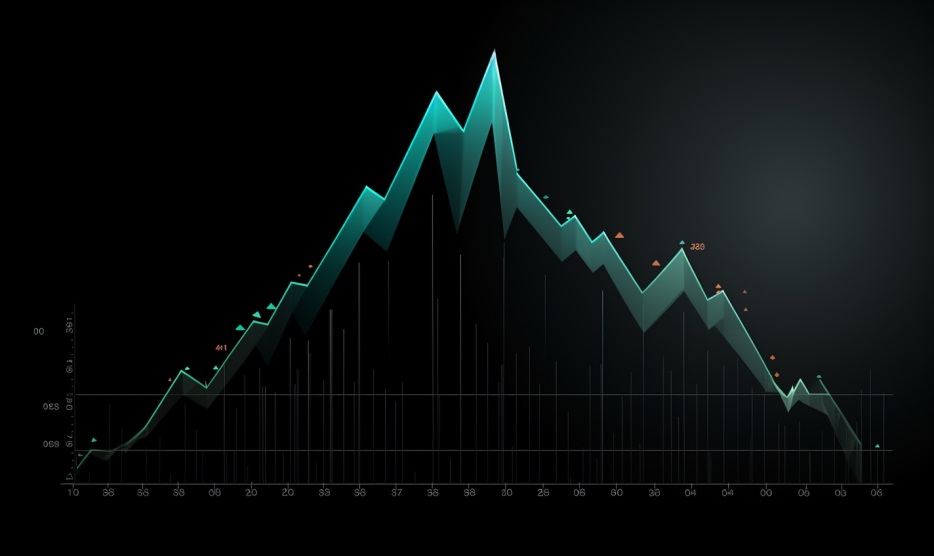Defining Bounce Rate
Bounce rate is a metric that indicates the percentage of visitors who leave your website after viewing only one page. In other words, these are users who visit your site, do not interact further, and then exit without browsing any additional pages.
While it’s natural for a website to have some level of bounce rate, a high bounce rate can signal to search engines that your website may not be delivering valuable, engaging content to users, and thus it could impact your SEO negatively.

How Bounce Rate Influences SEO
Bounce rate indirectly affects your website’s SEO as it is a part of the ‘user interaction’ signals, which search engines consider while ranking pages. While it’s not a direct ranking factor, it helps in understanding user behavior and the overall user experience on your website.
A high bounce rate might suggest that users aren’t finding what they need on your website, or that the user experience is not up to par. This could potentially lead to lower rankings in search engine results pages (SERPs).
Understanding Your Audience
To reduce bounce rates, you must first understand your audience. Recognize their needs, their online behavior, and what they’re looking for when they land on your site.
By analyzing your website’s analytics, you can gain insights into user behavior and understand what factors might be contributing to a high bounce rate. With this knowledge in hand, you can then tailor your content and design elements to better align with your audience’s expectations.
Website Design and User Experience
The design and usability of your website are critical in engaging your visitors and reducing your bounce rate. A clean, intuitive, and mobile-friendly design ensures that users can navigate your website easily.
A great user experience also entails fast-loading pages. Slow loading times can frustrate users and increase your bounce rate. It’s essential to consistently check and optimize your website’s speed to enhance user experience and engagement.
Quality of Content
The content on your site plays a crucial role in bounce rate. High-quality, relevant, and engaging content can hold a user’s attention and encourage them to explore more of your website.
Creating content that directly addresses your audience’s needs and questions is vital. Make sure that your headlines accurately represent the content that follows, as misleading headlines can lead to high bounce rates.
Effective Call-to-Action
A well-placed, compelling call-to-action (CTA) can significantly decrease bounce rates by guiding users to their next step. Whether it’s reading another blog post, signing up for a newsletter, or making a purchase, a clear CTA gives visitors a reason to stay on your website longer.
Ensure your CTAs are noticeable and compelling. Experiment with different placements, colors, and wording to see what works best with your audience.
Internal Linking
Internal linking is a valuable SEO practice that can also aid in reducing bounce rate. By linking to other relevant pages on your website, you encourage visitors to stay longer and explore more of your content.
However, it’s essential to ensure that your internal links are relevant and provide value to your users. Irrelevant links can lead to frustration and ultimately increase your bounce rate.
Improving Mobile Usability
With the majority of online traffic now coming from mobile devices, it’s crucial that your website is mobile-friendly. A poor mobile experience can significantly increase your bounce rate and negatively impact your SEO.
Make sure that your website is responsive and that it offers the same quality of user experience across all devices. Keep in mind that Google follows a mobile-first indexing approach, so a poor mobile experience can directly affect your search rankings.
Leveraging RiseOpp’s Heavy SEO Methodology
Here at RiseOpp, we recognize the value of optimizing your website to reduce bounce rates. Using our proprietary Heavy SEO methodology, we consider over 200 main algorithm factors that can improve your site’s ranking and keep your users engaged.
Our experienced team understands the significance of a user-friendly website, engaging content, and effective CTAs in reducing bounce rates. Working with these and other essential ranking factors, we strive to achieve outstanding results and help your business stay ahead of its competitors.
Avoiding Auto-Playing Media
Unexpected auto-playing videos or audio can be off-putting for many visitors, leading to an increased bounce rate. If you do choose to use auto-playing media, ensure there’s an easily accessible option to pause or stop the media.
Also, remember that every element on your page should serve a purpose and add value to the user’s experience. Gratuitous use of media can be more harmful than beneficial.
Utilizing Pop-Ups Wisely
While pop-ups can be a great tool for generating leads and conversions, if not used correctly, they can annoy users and increase your bounce rate. It’s important to strike a balance when using pop-ups on your site.
Ensure that they don’t disrupt the user experience. Offering an easy way to close the pop-up and ensuring that they offer value to the user can make them a beneficial tool rather than a hindrance.

Final Thoughts: User Experience is Key
Ultimately, reducing bounce rate comes down to delivering an excellent user experience. Whether it’s through creating high-quality content, ensuring a user-friendly website design, or delivering a seamless mobile experience, every interaction a user has with your site matters.
With our Heavy SEO methodology, we at RiseOpp can provide you with a comprehensive strategy to improve your site’s user experience, reduce bounce rates, and improve your SEO rankings. By taking the time to understand and address the factors that contribute to bounce rate, you can keep your audience engaged, boost conversions, and improve your overall SEO performance.
Comments are closed